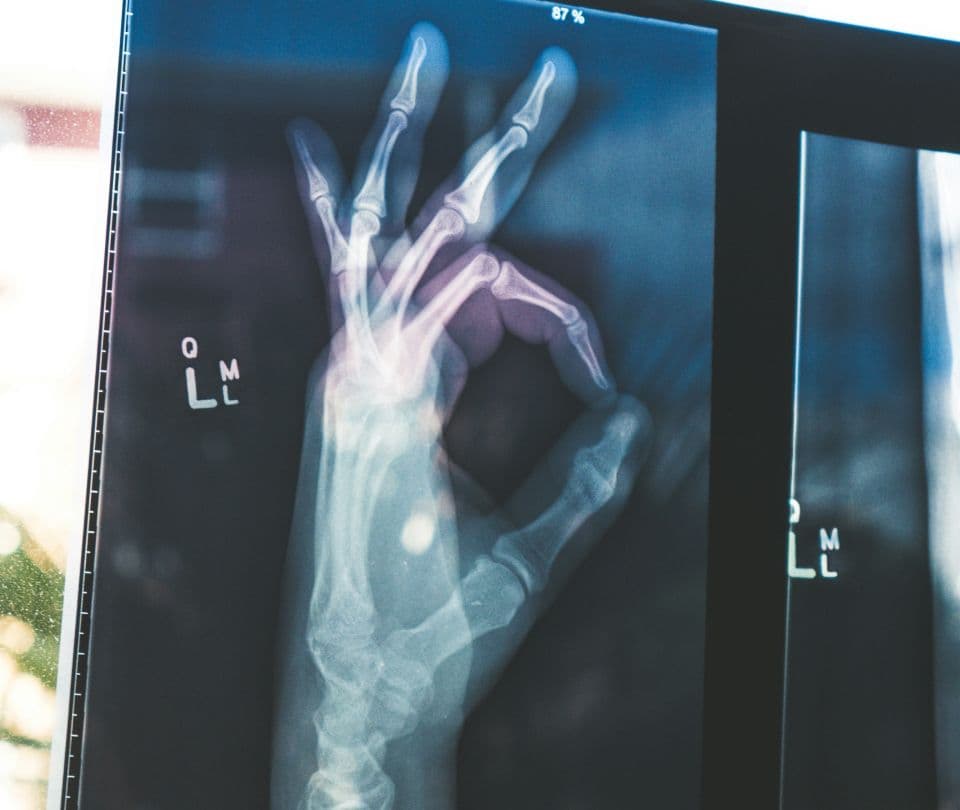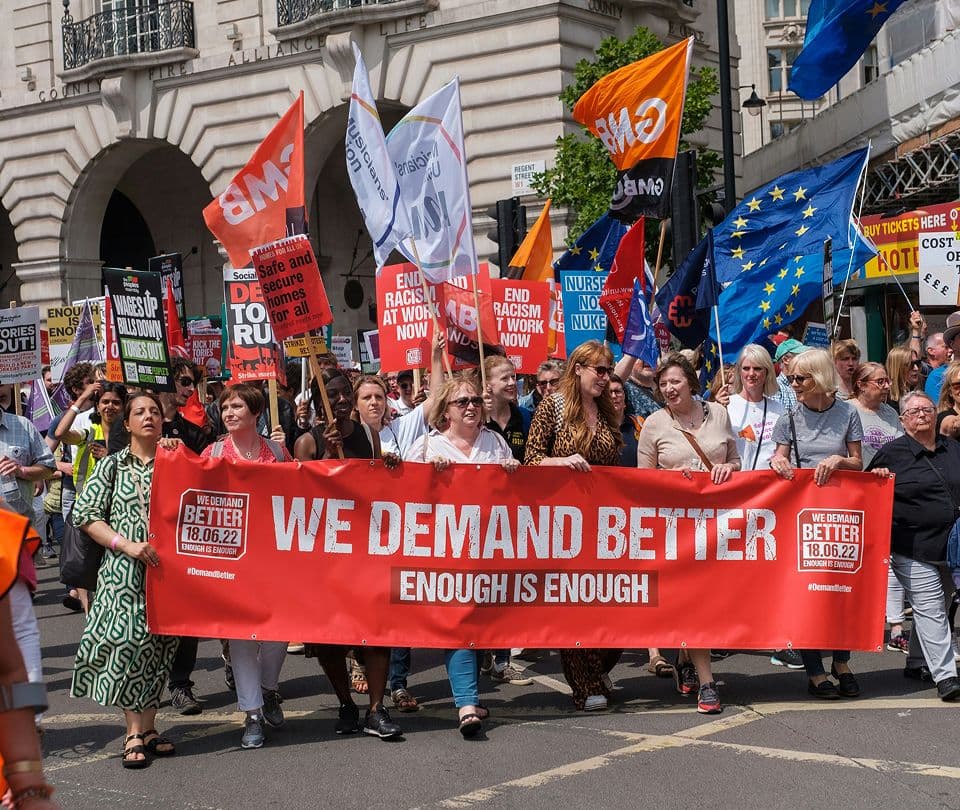Can you get income protection with a pre-existing condition?

Why insurers won’t cover certain conditions
Insurance companies provide financial protection against risk. Their underwriting process involves assessing the likelihood of risk becoming reality. That’s why your motor insurance is more expensive if you park your car on the street instead of in a garage, and why pet health insurance is cheaper for puppies and kittens than for 10-year-old dogs and cats.
The principle applies to every kind of insurance. Income protection replaces a proportion of your normal salary if you become ill or injured, have to stop working and lose your income as a result. Insurers have to calculate the chances of this happening. The starting point for income protection (IP) is that the person applying – in addition to being in work - is fit and well. Of course, there’s always the possibility that someone who applies for IP is perfectly healthy at the time but almost immediately becomes unwell. That’s a risk the insurer takes.
Getting income protection insurance cover for pre-existing conditions can be a little more complicated than a standard application. If you’re already suffering from a condition when you apply, the insurer would be covering a present reality, not a future risk, and that isn’t the business of an insurer. So, does income protection cover pre existing conditions? And, if so, how?
What is a pre-existing condition?
A pre-existing condition is simply a health problem that an applicant is suffering or prone to at the time they try to take out an IP policy. The applicant knows they have it and whether or not they are receiving treatment for it, they need to tell the insurer about it when they apply. If the policy goes ahead, the likelihood is that the insurer will not allow the insured to claim if the pre-existing condition is partly or wholly the cause of their having to stop work. This is known as a personal or medical exclusion.
It’s important to understand the difference between personal exclusions, which are included in a policy to deal with the problem of someone’s pre-existing conditions, and general exclusions, which usually cover dangerous jobs or hazardous leisure activities and apply to everyone.
Pre-existing conditions that are commonly excluded
There’s no definitive list of excluded pre-existing conditions – they vary from insurer to insurer and can include dozens of chronic illnesses. However, these are some of the most common ones:
- Diabetes
- Asthma
- Auto-immune disorders
- Allergies
- Heart disease
- Hypertension
- Epilepsy
There’s something of a grey area surrounding things like smoking and drinking. Although these would not fall into the category of pre-existing conditions, a long habit of heavy smoking or a history of alcoholism might be treated in the same way.
How insurers treat pre-existing conditions
Once you’ve disclosed a pre-existing condition to your insurer you won’t automatically have your application rejected, although in some cases that could happen. There are other measures the insurer can take.
Personal exclusion
As we’ve already mentioned, they could place a special exclusion on your policy to prohibit claims arising from the condition.
Higher premiums
They might agree to insure you, but charge you a higher premium than average to cover the increased risk posed by the pre-existing condition.
Moratorium
This is a kind of temporary exclusion. It will prevent you from claiming on the basis of your pre-existing condition with the proviso that if you remain symptom- and treatment-free for a set period (for example, 5 years), the exclusion could be removed.

How to get cover
If you’re trying to get income protection for pre-existing conditions, you should be prepared to compromise. You may simply have to accept the exclusions or moratoriums. However, depending on how the insurer chooses to handle it, there are a few things you can do to get most, if not all, of the cover you’re looking for.
Customise your policy
If the insurer agrees to give you cover but sets the premiums higher than you can afford there are ways you can reduce the premium
Waiting period
All IP policies include a waiting period, which is the time you agree to wait between making your claim and receiving your first benefit payment. By extending the waiting period you could lower the premiums.
Benefit period
IP policies allow you to choose the benefit payment period of a single claim. This is the maximum length of time for which you’ll be paid. If you’re fit to go back to work before the end of this period your benefits will stop. They will also stop when the period ends even if you’re still not able to work. You set the benefit period when you take out the policy. Let’s say you wanted cover for up to 2 years for a single claim. You might be able to reduce the premiums by choosing a 1 year period instead.
Stricter underwriting
It’s not uncommon for insurers to allow applicants with pre-existing conditions to undergo a more stringent underwriting (assessment) process. For example, instead of simply supplying a medical report from your doctor, you would agree to a physical examination with a healthcare professional appointed by the insurer. This, too, might result in a lower premium than the one initially quoted.
Specialists
If you’re still not getting the outcome you want then you could consult a specialist broker or apply to insurers who specialise in cover for people with existing health problems. It will probably be more expensive, but if you’ve exhausted all other routes it may be your only option.
Group income protection
If you’re an employee and your employer doesn’t already operate a group income protection scheme, you could suggest that they consider setting one up. Many employers offer this as part of their employees’ remuneration package. The cover offered can be more basic than a personal policy, because it’s designed for the needs of a varied group of people, but it could still be worth having.
Alternatives to income protection
If you’ve run out of road and simply can’t find an insurer to give you income protection there are some other kinds of health cover you could look into. They won’t do the same job but they could still be useful to have.
Critical illness cover
This pays out if you are diagnosed with a critical illness. You receive a lump sum payment which you can use to cover the bills and expenses you would normally pay from your income. The list of illnesses varies between insurers but typically includes:
- Cancer
- Multiple sclerosis
- Parkinson’s Disease
- Heart attack
- Stroke
- Various types of mental illness
Accident-only
If you can’t get income protection to cover you for illness because of a pre-existing condition you could take out accident-only insurance. This doesn’t usually involve medical underwriting because it only covers you if you suffer injury from an accident. You should bear in mind that an insurer may still apply exclusions for dangerous activities.
Life insurance
Although it won’t benefit you directly, life insurance is a very effective way of looking after your family if you pass away and they lose your income on which they depend.
FAQs
It depends on the insurer, but most of them consider anything from which you’ve suffered symptoms in the past 5 years to be a pre-existing condition that would affect your cover. Anything older than that is often disregarded.
You must answer all your insurer’s questions about your health, fully and accurately. That includes any pre-existing conditions. If you don’t tell them, then you might find that any claim you make is refused or only partly paid. In some cases, the insurer may cancel your policy.
Yes, if you feel an exclusion is unreasonable you can make a request to have it reviewed by using the insurance company’s formal complaints procedure. If you’re not satisfied with the outcome you can complain to the Financial Ombudsman Service, whose decision will be binding on the insurer.
For the purposes of income protection insurance, a chronic condition is one for which there is no known cure, only some form of management. An example is asthma. A pre-existing condition is anything you are known to suffer from when you take out the policy and is often treatable and curable, although not in all cases. In this context all chronic conditions are pre-existing but not all pre-existing conditions are chronic.

Related resources

Meet Your Newest Eleos Perks
We’re expanding our perks with two new additions designed to turn good intentions into healthy habits. Discover everything you can get for free with an Eleos policy.

Income protection for smokers
If you smoke, you may have a tough time getting income protection insurance, but it’s not impossible.

Do doctors need income protection?
A career as a doctor may be a vocation but you still have to earn a living

Do trade union members need income protection?
What financial support will your union give you if illness or injury forces you to stop working?

Getting Britain Working Again?
On 18th March 2025, the Secretary of State for Work and Pensions announced controversial disability benefit reforms

A step-by-step guide to making an Eleos income protection claim
Being prepared will make the simple process of claiming even simpler